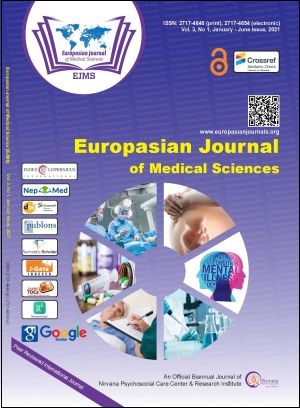Understanding Oral Oncology and its Changes in Dynamics in Nepal
Keywords:
Dental oncology, Tobacco, Treatment, Awareness, Oral squamous cell carcinoma, CarcinomaAbstract
With the increase in smoking habits, oral cancer is turning into a threat among smokers. It is also due to a lack of awareness among people, oral cancer is increasing rapidly. The increased rate of illiterate people in Nepal has been a reason for a change in dynamics. Due to a lack of awareness, people are diagnosed late with cancer which leads to an increased mortality rate. So, awareness is a must for the reduction of oral cancer. In most cases, surgery is the best chance. Since people in Nepal are mostly from middle-class families, it highly impacts their life. The article primarily addresses the incidence of oral cancer in Nepal. It also emphasizes the risk factors and causes of oral cancer along with its diagnosis and surgery.
Downloads
Downloads
Published
How to Cite
Issue
Section
License
Copyright (c) 2021 Aaniya Shrestha

This work is licensed under a Creative Commons Attribution 4.0 International License.
The author(s) retain the ownership of the copyrights for their work published in EJMS without any restrictions. Upon submission, the author(s) grants EJMS a license to publish, including to display, store, copy, and reuse the published content.
License to Publish
By submitting a manuscript to EJMS, the author(s) grant the journal a non-exclusive license to:
- Publish and distribute the content in all formats, media, and platforms (both existing and future), while identifying EJMS as the original publisher.
- Reproduce, display, and store the content in both print and online formats, including institutional and digital repositories.
- Translate, adapt, and summarize the work, including reprints, extracts, and abstracts.
- Develop derivative works based on the original content.
- Include the work in electronic databases and provide links to third-party materials.
Creative Commons Licensing
In addition to EJMS’s publishing rights, authors grant third parties the right to use, share, and distribute their work under the Creative Commons Attribution 4.0 (CC BY 4.0) International License. This allows unrestricted use of the content, provided proper attribution is given to the original author(s) and the journal.

